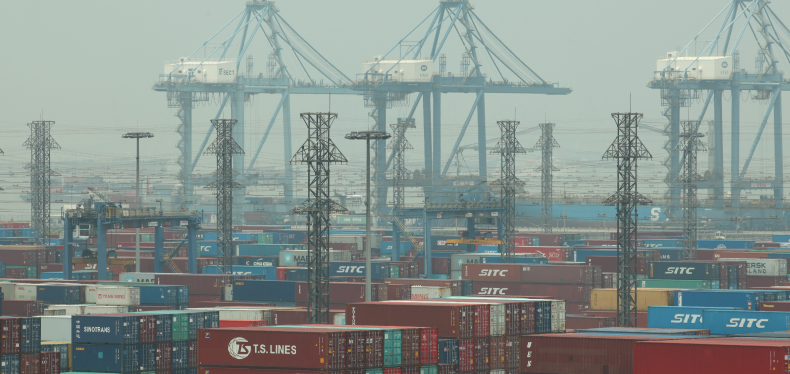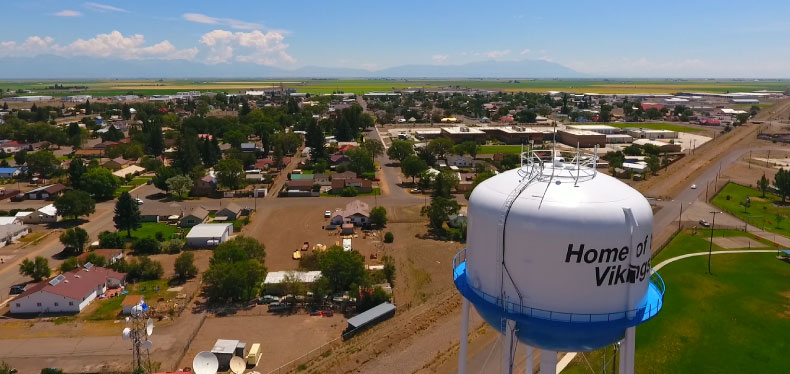
With the continued growth of maritime trade and container volumes, port operators would like to become more efficient, improve productivity and cut costs. Incorporating automated operational processes at the port is a preferred solution to address future growth challenges. Port automation uses integrated technologies to address a range of port operational processes such as container unloading, container transferring and container stacking.
A typical handling process might start with the unloading of containers from a docked vessel using ship-to-shore cranes (e.g., gantry cranes). The cargo is then transferred to the main yard by either a truck or an Automated Guided Vehicle (AGV). From this point, container yard cranes (e.g., Rubber-Tired Gantry cranes) or straddle carriers stack the containers in the allocated staking area.
To assure a smooth process, the need for real-time data to effectively manage and monitor port machinery and the port environment is essential. For example, operational data and diagnostic information need to be transmitted from the Remote Crane Management System (RCMS) to enable maintenance personnel and port operators to effectively attend to operational issues in real-time to resolve faults quickly and proactively.
In addition, real-time video transmission plays an important role in port automation with a variety of IP cameras transmitting video streams to the port control center. For example, cameras are installed on each of the port cranes to monitor automated loading and unloading processes (e.g., for inspection) and/or manage crane operations. In-cab cameras are also mounted in the crane operator’s cabin and come equipped with a patented eye and head tracking algorithm to detect operator fatigue and distractions. Multiple cameras are typically installed in various locations around the port to ensure safety, security and smooth operations in a typically harsh port environment.
To effectively transmit real-time, high-quality video streams and essential operational data from port machinery to the operation center, a fast and reliable broadband connectivity is required. Unlike costly and time-consuming wired solutions that might be a good fit for some applications, wireless broadband solutions are perfect for providing highly reliable connectivity to support fast implementation of automated processes in typically challenging port environments.
RADWIN’s wireless broadband solutions provide highly reliable connectivity and offer unmatched performance for a wide range of port automation applications even in the harshest port environment.
For more information, download RADWIN JET for Private Networks brochure:
If you have any further questions, contact us.

 Back
Back

